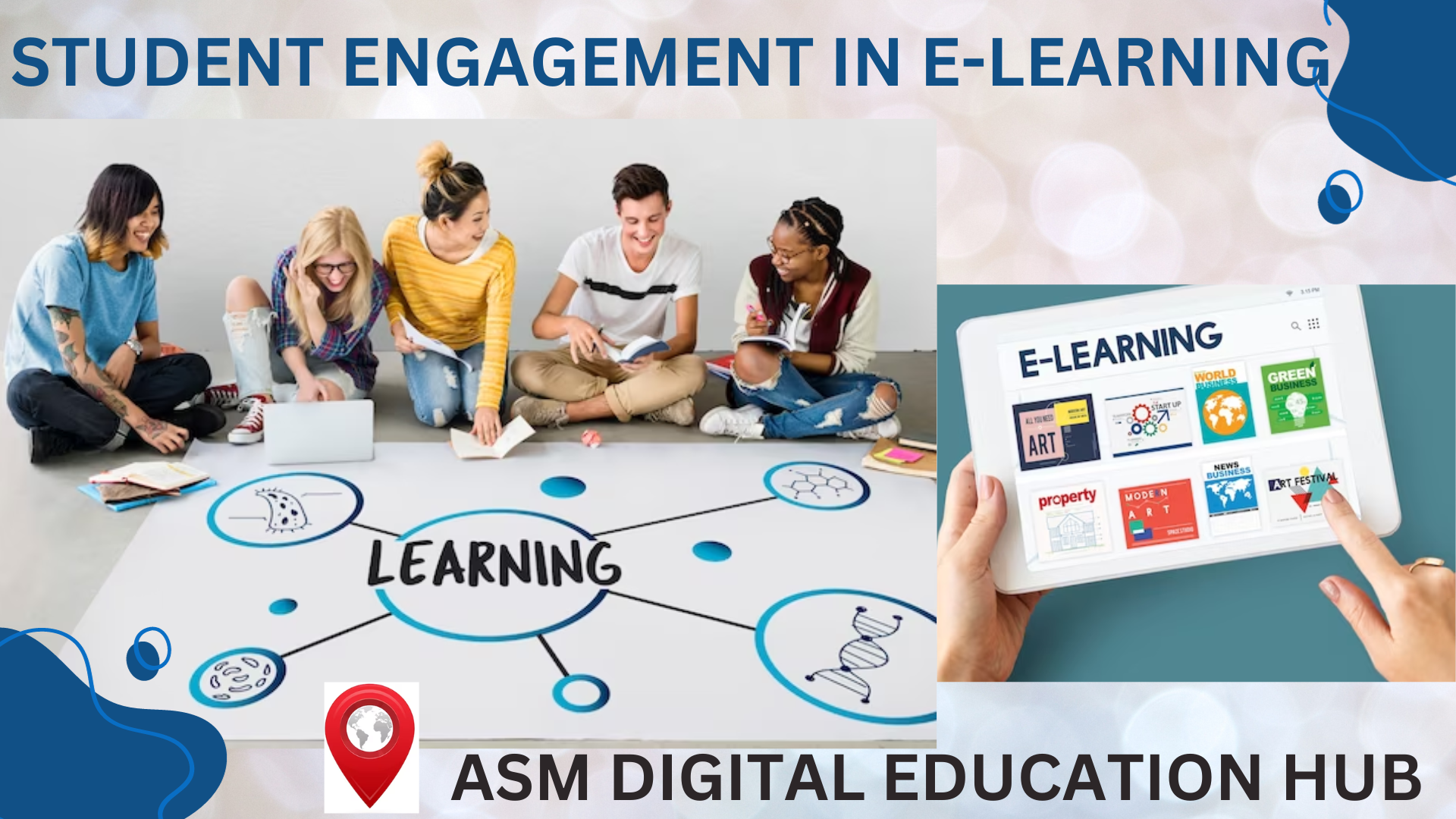Interactive Virtual Platforms / Online Learning:
Choose virtual learning platforms that support interactive features, such as breakout rooms, polls, and collaborative whiteboards.
Encourage students to actively participate through chat, reactions, and virtual hand-raising.
Virtual Reality (VR) and Augmented Reality (AR):
Explore the use of VR and AR technologies to create immersive learning experiences.
Virtual field trips, simulations, and 3D models can enhance understanding and engagement in subjects like science, history, and geography.
Virtual Guest Speakers and Experts (Online Learning):
Student Engagement brings industry professionals or subject matter experts into the virtual classroom through video conferencing.
This provides students Engagement with real-world insights and perspectives, making the content more relevant and engaging.
Gamified Learning Modules:
Incorporate gamification elements, such as points, badges, and levels, to make learning more enjoyable.
Design educational games that challenge students and reinforce key concepts.
AI-Powered Personalization:
Implement artificial intelligence (AI) algorithms to personalize online learning paths based on individual student progress and preferences.
Adaptive learning systems can dynamically adjust content and assessments to meet the needs of each student.
Virtual Labs and Simulations:
For science and technical subjects, use virtual labs and simulations to provide hands-on experiences.
These tools allow students to explore concepts in a safe and controlled virtual environment.
Social Learning Platforms:
Integrate social learning elements, such as discussion forums, collaborative projects, and peer-to-peer mentoring.
Foster a sense of community by encouraging students to share ideas, collaborate on projects, and support each other.
Remember, the key is to combine these strategies thoughtfully and align them with the learning objectives of your virtual classroom. Flexibility, adaptability, and a focus on student-centric approaches will contribute to a more engaging and effective virtual learning environment. Regularly gather feedback from students to assess the effectiveness of these strategies and make adjustments as needed.


